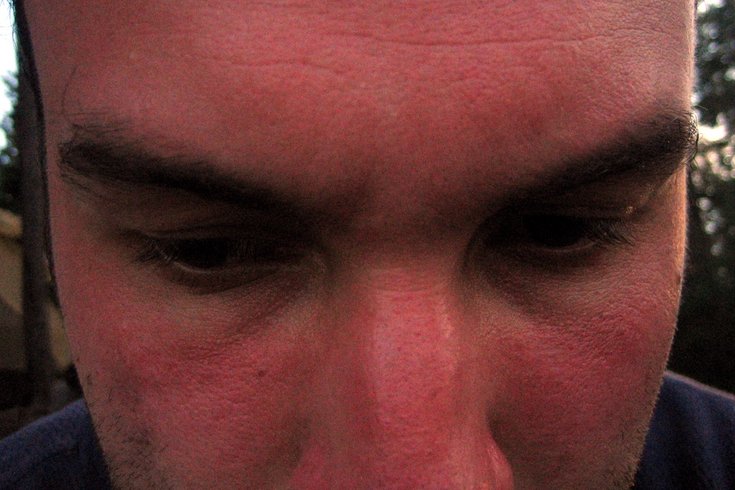
July 16, 2019
 Ben Stephenson/via Flickr (CC BY 2.0)
Ben Stephenson/via Flickr (CC BY 2.0)
Hot-to-the-touch, red skin that can either feel dry or damp is one sign of heatstroke.
The warmth of the sun on our skin, visits to the beach or afternoons by the pool. The summer months can be filled with lots of fun outdoor activities as long as you practice certain safety measures to prevent heat illness.
Spending long hours outdoors in high temperatures, especially if you are engaged in heavy physical activity, can cause our bodies to overheat and start shutting down. This is called heatstroke.
According to the Mayo Clinic, heatstroke occurs when your body temperature reaches 104 degrees Fahrenheit, or higher. Left untreated, heatstroke can damage your brain, heart and other organs. For most accurate temperature reading, a rectal thermometer is best.
RELATED READ: This week's weather: hot, muggy, wet and a heat index near 110 degrees
Besides a high body temperature, here are 5 other signs of heatstroke: (Sources include Mayo Clinic, Cleveland Clinic, Women’s Health.gov and Centers for Disease Control and Prevention)
• Confusion, slurred speech, agitation, passing out, seizures and even coma
• Hot-to-the-touch, red skin that can either feel dry or damp
• Upset stomach and vomiting
• Difficulty breathing and increase in heart rate
• Headache
If you suspect someone is suffering from heatstroke, call 911 immediately, and then while you are waiting for the ambulance to get there, get him or her into the shade or indoors. Take off any unnecessary layers of clothing and try to cool them down like with a fan or a cloth soaked in cool water. But The Centers for Disease Control and Prevention says do not give a person with heatstroke anything to drink.
Dehydration is another concern in the summer heat and can contribute to heatstroke, according to the Cleveland Clinic. Signs of dehydration include dark-colored urine, a persistent dry cough, tiredness and sleepiness, loss of appetite and flushed skin.
Beat the heat this summer by taking the following precautions.
Wear lightweight cool clothing and don’t layer up. If you are trying to protect your skin from the sun, you can wear long-sleeved shirts and long pants but make sure they are not made of a heavy material. In addition, limit your alcohol intake and drink enough water to stay hydrated. Always drink when you are thirsty.
You should also wear sunscreen and hats and sunglasses while you are outside, and limit how long you are outdoors in the summer heat. Between 10 a.m. and 4 p.m. is usually the hottest.
For more about heat-related illnesses, visit the CDC website. Prompt treatment is of the essence because without it, heatstroke can be fatal.